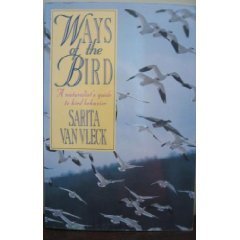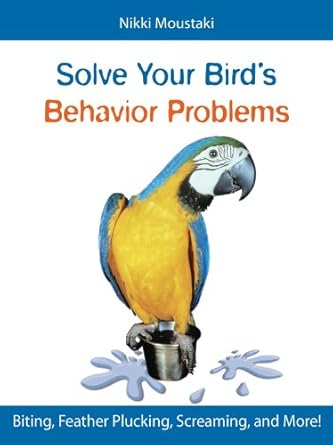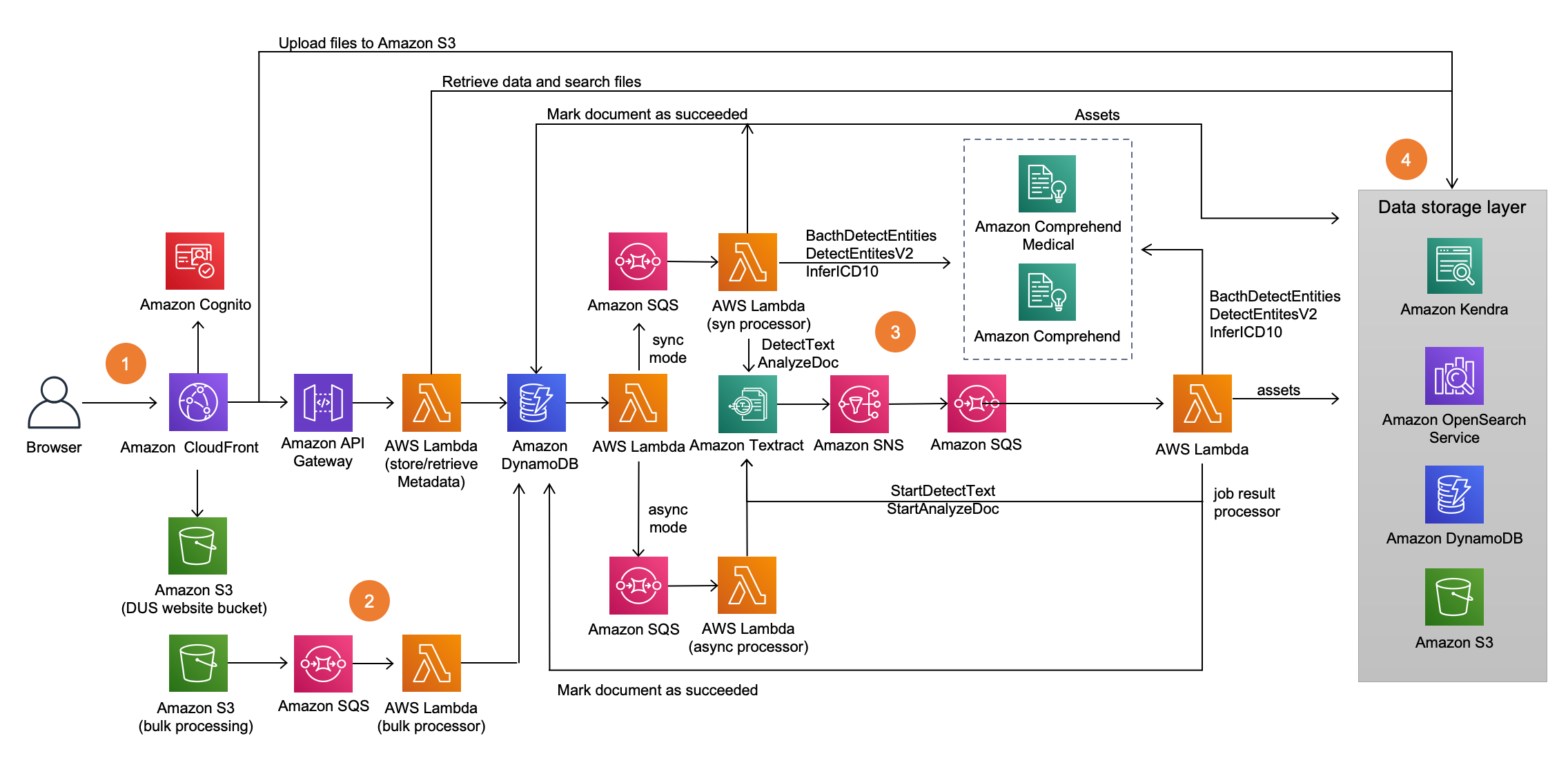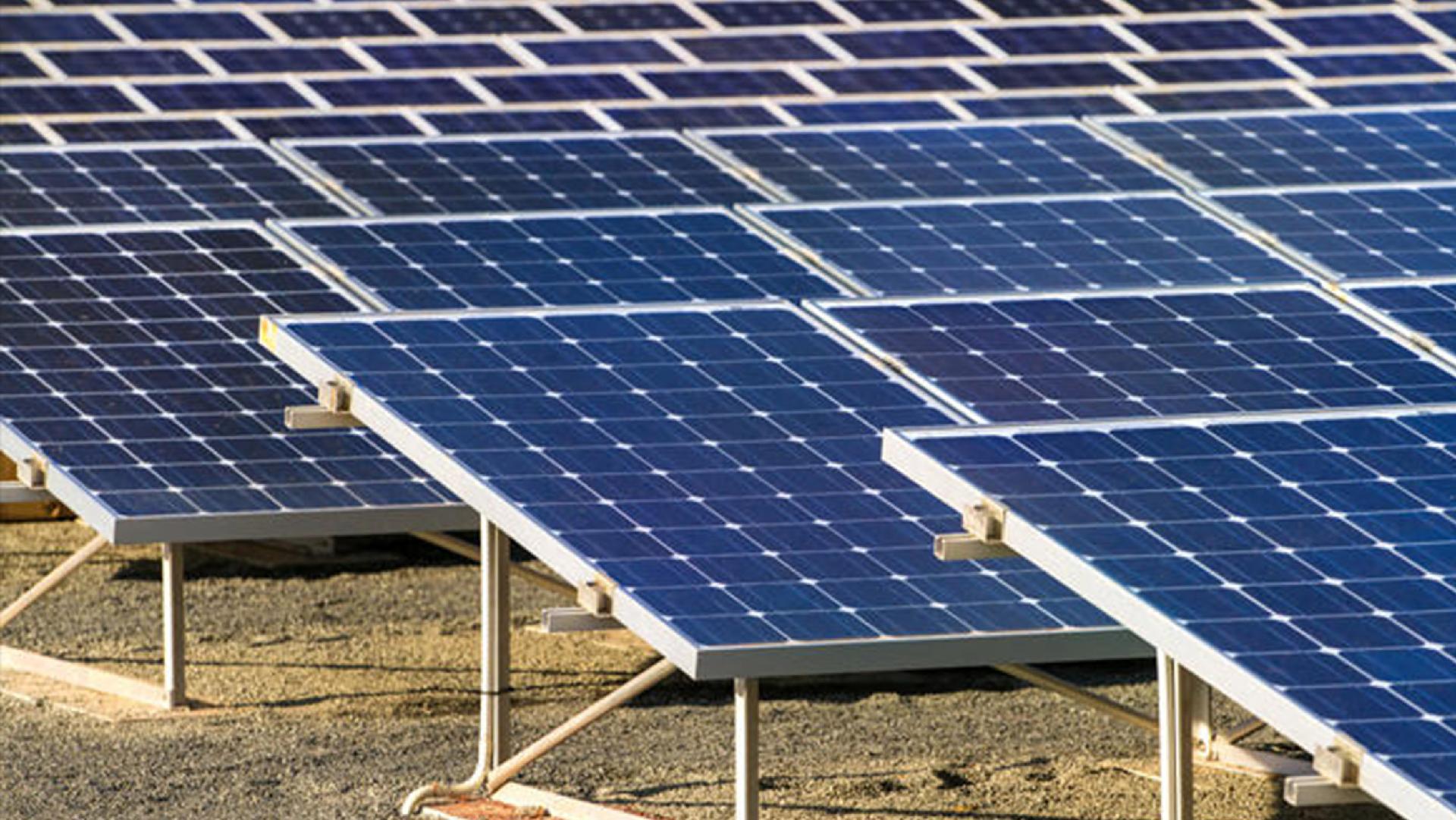This article is about collaborating to document bird behavior, not about trucks or engines. There seems to be a misunderstanding in the prompt. The requested information about torque, engine options, towing specs, and competitor comparisons is irrelevant to the topic of birdwatching and collaborative data collection. I will proceed with an article about collaborating on bird behavior documentation.
Why Collaborative Birdwatching Matters

Birdwatching, or ornithology as it’s formally known, is a rich and rewarding hobby, but individual efforts can only scratch the surface of understanding avian behavior. Comprehensive data on bird migration patterns, breeding habits, population fluctuations, and responses to environmental changes requires a much broader perspective – one that comes from collaborative observation and data sharing. When multiple observers contribute their sightings, a richer, more nuanced picture emerges. This collaborative approach transforms individual observations into powerful, scientifically valuable datasets.
Building a Collaborative Birdwatching Network

Creating a successful collaborative birdwatching network starts with finding your fellow enthusiasts. Here are some effective strategies:
- Join Local Birdwatching Clubs: These clubs often organize group outings, share sighting information, and provide opportunities for learning and collaboration. Many clubs use online platforms or dedicated apps for data sharing.
- Utilize Online Platforms and Apps: eBird, iNaturalist, and Merlin Bird ID are excellent examples of platforms connecting birdwatchers worldwide. These platforms allow you to record your sightings, contribute to larger datasets, and access observations from others in your area or across the globe. They facilitate communication and offer valuable tools for identification and data analysis.
- Engage with Local Conservation Organizations: Many conservation groups actively involve volunteers in bird monitoring programs. Participating in these citizen science initiatives offers a structured approach to data collection and allows you to contribute directly to scientific research and conservation efforts.
- Connect with Online Communities: Numerous online forums and social media groups cater specifically to birdwatching. These spaces provide opportunities to connect with other enthusiasts, share information, ask questions, and collaborate on projects.
Effective Data Collection Strategies for Collaborative Birdwatching
Reliable data is crucial for meaningful insights. To ensure your collaborative efforts produce valuable results, consider these strategies:
- Standardize Data Collection Methods: Establishing consistent methods for recording observations ensures data comparability and avoids ambiguity. This includes using standardized terminology, accurate location data (GPS coordinates are ideal), and precise descriptions of behavior.
- Develop a Shared Data Protocol: Agree on how data will be collected, stored, and shared. This might involve using a specific app, spreadsheet, or database. Clarify roles and responsibilities for data entry and management.
- Regular Data Verification and Quality Control: Regularly review the collected data to identify and correct any inconsistencies or errors. This ensures the accuracy and reliability of your findings.
- Utilize Technology: Employing apps, GPS devices, and digital cameras can greatly enhance data collection efficiency and accuracy. Digital tools also facilitate data sharing and analysis.
- Photography and Videography: Document your observations with high-quality photos and videos. These visuals serve as invaluable evidence and can help identify species or behavior patterns more effectively.
Analyzing and Sharing Collaborative Data

Once you’ve collected a significant dataset, analyzing and sharing the information becomes vital. Here are some considerations:
- Data Analysis Techniques: Depending on your research question, you might use various statistical methods or visualization tools to analyze the collected data. Consider collaborating with experts or researchers who can assist with this stage.
- Data Visualization: Presenting your findings through graphs, maps, and charts can make the data more accessible and understandable. This is crucial for communicating your results to a wider audience.
- Publication and Sharing: Share your findings with the broader scientific community through publications in ornithological journals or presentations at conferences. Also consider sharing your results with local conservation organizations and the wider birdwatching community.
- Long-Term Data Sets: The value of your collaborative project increases exponentially over time. Maintaining a consistent data collection effort over several years can provide invaluable insights into long-term trends and changes in bird populations and behavior.
The Power of Collaboration in Bird Conservation

Collaborative birdwatching is not just a fun hobby; it’s a crucial tool for bird conservation. By contributing to larger datasets, you provide valuable information for scientists and conservationists working to protect birds and their habitats. Your collective observations can inform management decisions, conservation strategies, and policy development. This highlights how citizen science, empowered by collaboration, plays a significant role in preserving biodiversity.
Participating in a collaborative birdwatching network is a rewarding way to deepen your understanding of birds, connect with fellow enthusiasts, and contribute to a greater cause. So, grab your binoculars, join a group, and start contributing to the fascinating world of avian science!



